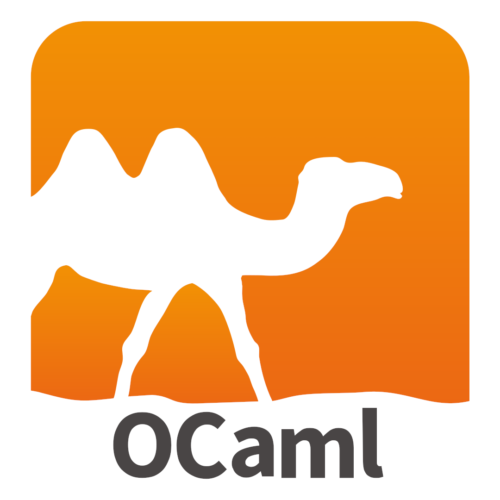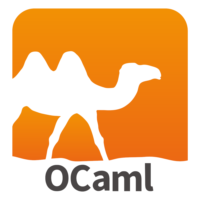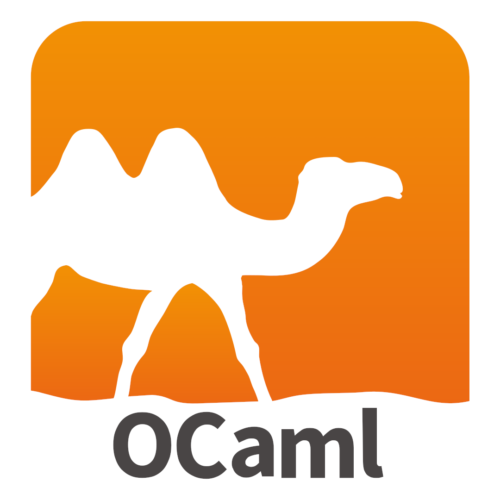
Understanding the Impacts of the New Tar Release on OCaml Systems
Dive into the changes and retrospection of the latest Tar release, exploring the use of Cstruct.t and bytes in OCaml systems and the implications for Mirage ecosystem.
Published 1 year ago on blog.robur.coop
Abstract
The article reflects on the recent release of ocaml-tar, emphasizing the shift from Cstruct.t to bytes/string in the Mirage ecosystem. It discusses the performance and structural differences between Cstruct.t and bytes, highlighting the challenges and advantages of using bigarrays for memory management. The piece also delves into the complexities of ownership, proxying, and garbage collection related to bigarrays. Furthermore, it touches on the debate surrounding the usage of functors in Mirage, pointing out various approaches to injection mechanisms in OCaml projects.
Results
This information belongs to the original author(s), honor their efforts by visiting the following link for the full text.
Discussion
How this relates to indie hacking and solopreneurship.
Relevance
This article is crucial for you as it sheds light on the changes introduced by the latest Tar release and how they impact OCaml systems. It highlights the performance implications of shifting from Cstruct.t to bytes/string and delves into the memory management intricacies associated with bigarrays, providing insights into potential optimizations and challenges.
Applicability
To leverage the insights from the article, you should evaluate the usage of Cstruct.t and bytes/string in your OCaml projects, considering the performance implications and memory management differences. Additionally, assess the necessity of functors in your Mirage projects and explore alternative methods for injection mechanisms based on the discussed approaches.
Risks
One risk to consider is the potential performance overhead when migrating from Cstruct.t to bytes/string, as highlighted in the article. Additionally, the complexities of bigarray management and ownership discussed pose challenges in memory allocation and garbage collection. Moreover, the overuse of functors in Mirage projects may lead to code readability issues and difficulties in understanding type implications.
Conclusion
Looking ahead, the trend towards optimizing memory usage and performance in OCaml systems, as evident from the shift to bytes/string from Cstruct.t, is likely to continue. This could drive further explorations into efficient memory management techniques and injection mechanisms in Mirage projects. However, striking a balance between performance optimization and code simplicity will be key in future OCaml developments.
References
Further Informations and Sources related to this analysis. See also my Ethical Aggregation policy.
Robur's blog - The new Tar release, a retrospective
A little retrospective to the new Tar release and changes


OCaml
Delve into the world of OCaml with our latest news and insights, perfect for developers looking to enhance their functional programming skills. Discover the power of OCaml through expert tips and tutorials to optimize your projects.
Appendices
Most recent articles and analysises.

Amex's Strategic Investments Unveiled
2024-09-06Discover American Express's capital deployment strategy focusing on technology, marketing, and M&A opportunities as shared by Anna Marrs at the Scotiabank Financials Summit 2024.




